
|
Olympus E-M10 Mk.II Not Just for Beginners |

|
My other articles related to the |
|
The original Olympus OM-D E-M10 of 2014 was addressed at the so-called "entry-level" segment of the market, while being able to meet 95%, maybe more, needs af an advanced amateur. Having used it for a few weeks, I liked it a lot.
The next year Olympus released the updated E-M10 Mark II. There was nothing wrong with the original Mk.I, and Mk.II did not offer any revolutionary new features, but it included a number of significant changes, most of them improvements. This happened when I was taking a break ftom wrotniak.net. Resuming that activity in early 2017, I wrote the original version of this article, cleaned-up and expanded since.
| .t.jpg)
Olympus E-M10 Mk.II, 2015
|
First of all, Mark II inherits so much from its predecessor, that 90% of what I wrote about Mark I applies to the updated model as well. Here is the Mark I article; I'm also including direct links to specific sections where applicable, so that you don't have to read the whole thing at once. Start from the Background.
While the body has been redesigned, the most visible changes were made to the top plate; the front remains almost the same. So do the dimensions: the body width and height increased but just a fraction of a millimeter each, and the weight — by 3 g, to 399 g (including battery).
|
| 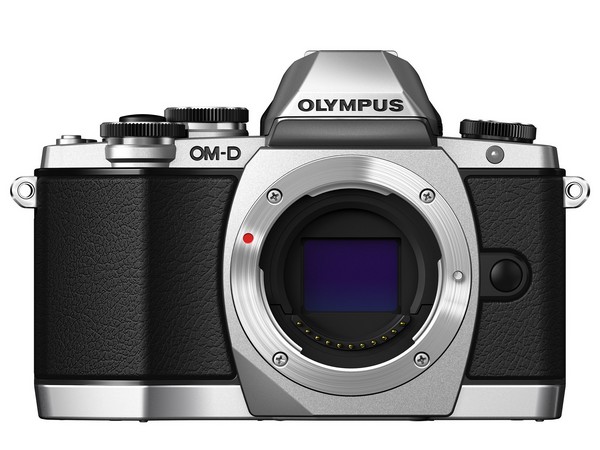
Olympus E-M10 Mk.I
| 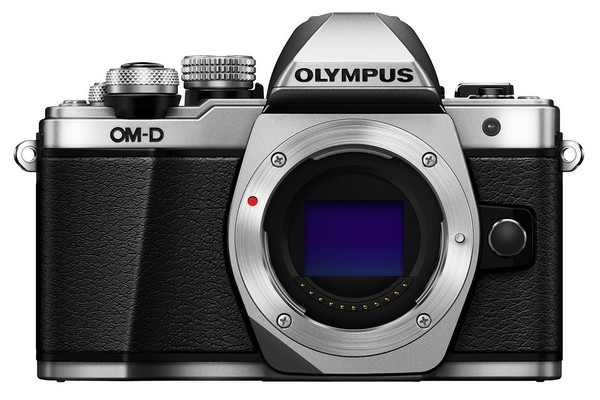
Olympus E-M10 Mk.II
| The sculpted grip is not large, but its coating offers enough friction for effortless handling; I had no complaints when trying it with the MZD 75-300/4.8-6.7. Obviously, lenses like this or larger require two-handed operation anyway. Like its predecessor, the E-M10 Mk.II offers no weather- or dust-proofing; that is reserved for the E-M5 and E-M1. No complaints here. Generally, I liked the Mk.I body looks, finish and feel, and I like this one as well. While the control layout in Mk.I was generally good, it seems like the design team was still not quite happy with it. It was extensively, if carefully, tweaked in Mk.II, at the same time staying within the same design concept and style. The top deck has been significally redesigned in Mark II. The biggest change was moving the mode dial from far left to a new location right of the EVF hump. The latter area became now a little crowded, but shrinking all three dials and moving them arouns helped in making the configuration usable. The reclaimed area to the left of the finder could now be used for a new purpose: the On/Off switch, with a third, spring-loaded position, raising the flash. There was even enough space to fit in anotheer reassignable function button, Fn3.
|
| 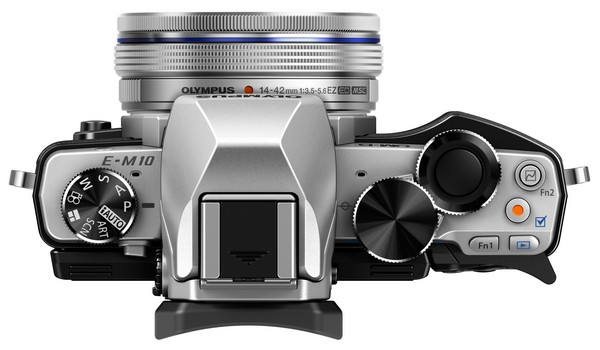
Olympus E-M10 Mk.I
| 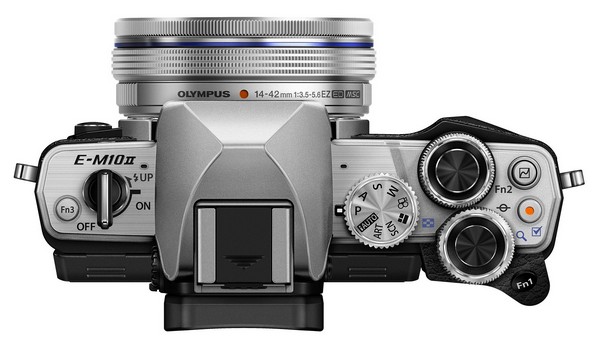
Olympus E-M10 Mk.II
|
On the right side we find two control dials (one with the shutter release at the center) and two buttons. Like in Mk.I, one is used for video recording, and the other for adjusting four parameters (a solution I dislike). Both can be reassigned to other functions, with some limitations.
The mode dial is functionally the same as in the original E-M10, still wasting the space for Art Modes and Picture Stories (in addition to Scene Modes and iAuto, which is a program mode with all adjustments disabled). There are no slots for user-defined presets, but Art and Scene can be assigned to those. Most of it is occupied by the monitor (see the next section). The remainder underwent a series of subtle but meaningful changes from Mark I. The thumb rest at far right is now bigger and more protruding, which provides a significanfly better grip. Its slanted top now houses the Fn1 button, moved here from a separate angled body surface just above, which is now gone to make room for the rear control dial. The other button which used to share that surface, Play (image review) has been moved to the bottom right, below the arrow cluster, the location no longer occupied by the On/Off switch. As that switch now also raises the flash, the dedicated button to do that (top left) could be removed (keeping it, repurposed, would be a tempting option).
|
| 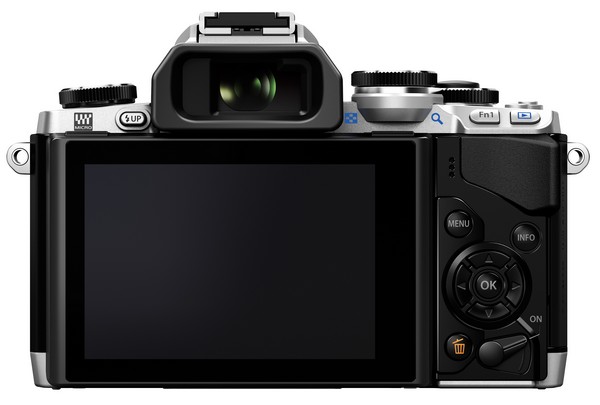
Olympus E-M10 Mk.I
| 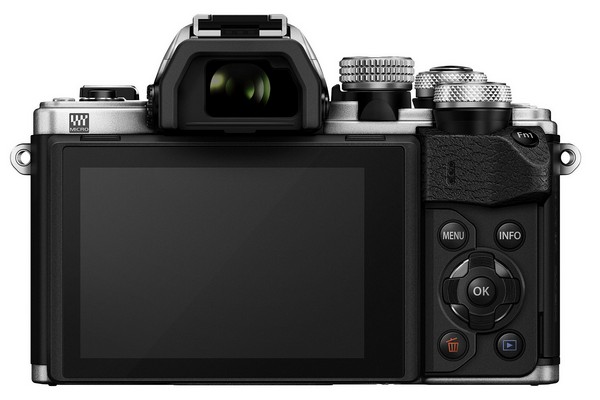
Olympus E-M10 Mk.II
|
I'm really happy with the Mark II external controls (and so is my right thumb). This time around, Olympus did an exemplary job. I just hope they do not mess it up in Mark III.
| |||||||||
|
See also the Viewing section of my E-M10 Mk.II article. The eye-level electronic viewfinder (EVF) has been improved in Mark II. It has higher resolution: 2.36M color dots (up from 1.44M), a 28% linear increase. The magnification also increased: from 0.575 to 0.615, a small but welcome change. Magnification I'm showing is in terms of full-frame equivalent values, directly comparable between different sensor sizes. Importantly, the display type was changed, too. In Mk.I it was TFT LCD, now — OLED. This makes the colors more vivid, at the expense of dropping frame rate. Some users complain about display artifacts for non-static subjects. Actually, I don't have complants here, and I clearly prefer the newer version. The external monitor (3", 1.04M dots) seems to be exactly the same as in Mk.I. Internaly, this is essentially the same camera as Mark I (see: Under the Hood) . There are just a few changes introduced in Mark II:
Importantly, the imager remains unchanged since Mk.I, and so does the image-processing engine TruePic VII. The bottom line The Olympus OM-D E-M1 Mk.II is a nice, evolutionary upgrade of the original Mk.I. Twi improvements I consider noteworthy are:
All other improvements are of at most secondary importance. If you already have the original E-M10 (Mk.I), upgrading to Mk.II is not worth it. If, however, you don't, then this is a model worth serious consideration, and not just at this price. I am recommending it to anyone looking for a system camera, thinking of an SLR. |

|
My other articles related to the |
| This page is not sponsored or endorsed by Olympus (or anyone else) and presents solely the views of the author. |
| Home: wrotniak.net | Search this site | Change font size |
| Posted 2015/11/30; last updated 2018/12/15 | Copyright © 2018 by J. Andrzej Wrotniak |